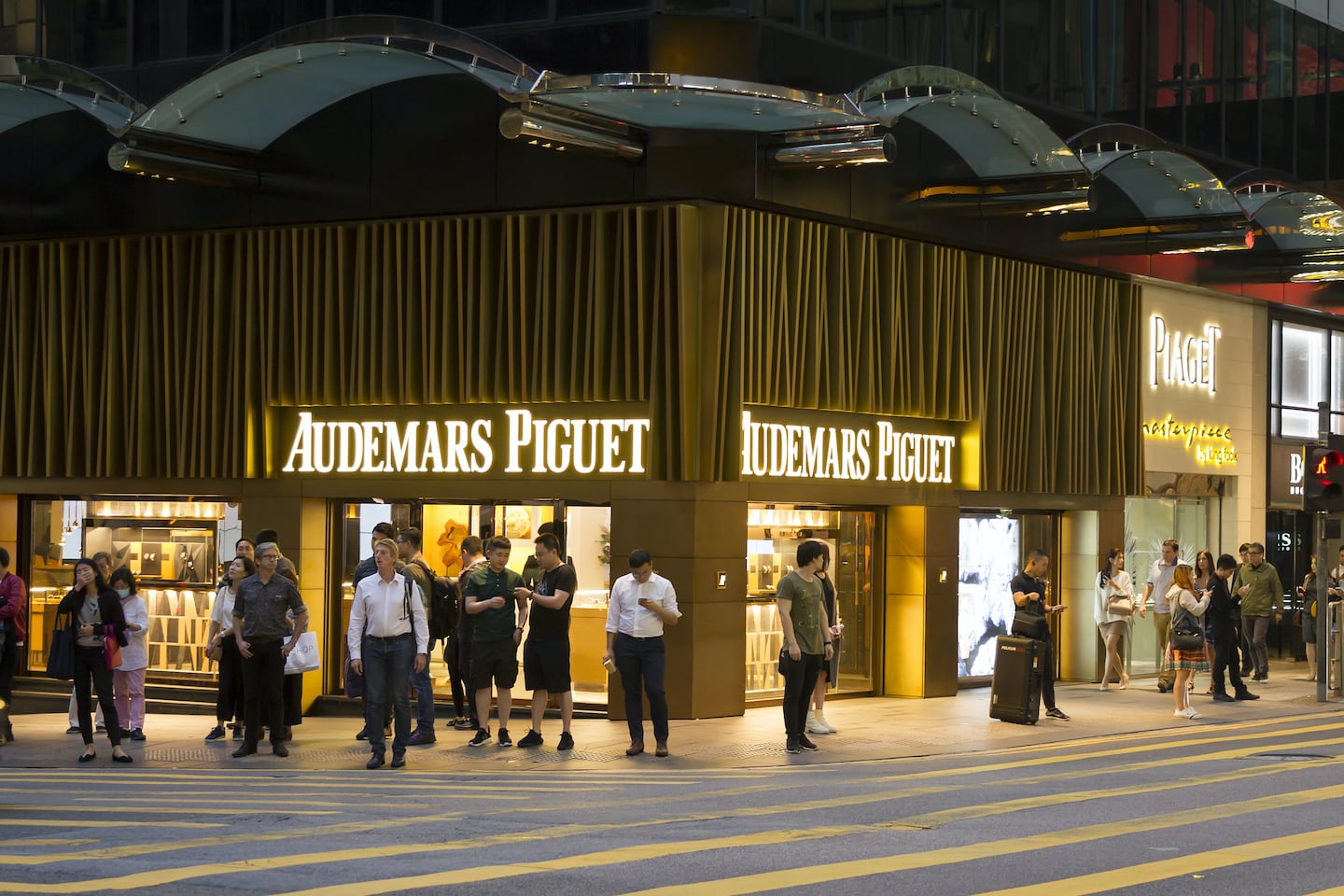
The Business of Fashion
Agenda-setting intelligence, analysis and advice for the global fashion community.

Agenda-setting intelligence, analysis and advice for the global fashion community.

GENEVA, Switzerland — Inventory levels at multi-brand watch retailers are still too high, two top industry executives said on Tuesday, suggesting a robust recovery in luxury watch sales may be some way off.
Swiss watchmakers are just emerging from a severe downturn, helped by a recovery in demand among their biggest customer group — Chinese shoppers — and echoing a broader pick-up in luxury goods industries from fine wines to designer clothes.
But the problem of overproduction and resulting excess stock at watch retailers — which forced some labels into buybacks, in part to prevent their wares from being sold off at steep discounts — is still present, the executives said.
"Inventories at retailers are still huge, especially in Asia. Some brands bought back unsold watches, but the problem has not been solved," Richard Mille, head of the eponymous independent label, told Reuters in an interview at the SIHH watch fair in Geneva.
ADVERTISEMENT
"It seems that some people in the watch industry just don't learn the lessons of the past. As soon as demand picks up, they flood the market," he said.
Laurent Dordet, head of Hermes' watch business, said the brand's own stock levels were healthy. But "many of our competitors still have overcapacity and produce too many watches that jam the retail network," he said.
The mood in the aisles of the Geneva show, as well as on luxury group LVMH's boat moored in the city, was brighter than in previous years, with brands such as Audemars Piguet and LVMH's Hublot forecasting further growth in 2018.
But the sales recovery so far has been largely limited to watchmakers' own stores, while multi-brand retailers are struggling as many have cash tied up in outdated models that no longer sell.
Cartier-owner Richemont, which made large inventory buybacks during the downturn, reported a 13 percent rise in constant currency sales in its own stores in the quarter to December 31, but a 3 percent decline at third-party retailers that still represent more than a third of group sales.
Swiss watch exports, which reflect brands' sales to retail partners, rose a modest 2.8 percent in the first eleven months of 2017.
Audemars Piguet, Hermes' watch unit, Roger Dubuis, Parmigiani and Richard Mille all said they were closing points of sales at third-party retailers.
Consolidation
ADVERTISEMENT
The problems at multi-brand stores have already led to some consolidation, ultimately shrinking the number of such outlets. Last year, Canada's Birks Group sold its US-based subsidiary Mayor's Jewelers to Britain's Aurum Holdings.
"There are too many retailers, this cannot go on. Their margins have shrunk, they have financial problems," Mille said.
Patrick Pruniaux, chief executive of Kering's Ulysse Nardin brand, said he was comfortable that his brand relied entirely on third-party sellers, but also said he expected further mergers and acquisitions among retailers as some were just not up to the new challenges in their industry.
Cartier said on Monday its inventories had returned to healthy levels, but it might still resort to selective buybacks.
Berenberg analyst Zuzanna Pusz said in a note on Tuesday that Richemont's close monitoring of the wholesale market suggested inventory levels were still too high.
By Silke Koltrowitz; editors: Mark Potter, Sarah White
The designer has always been an arch perfectionist, a quality that has been central to his success but which clashes with the demands on creative directors today, writes Imran Amed.
This week, Prada and Miu Miu reported strong sales as LVMH slowed and Kering retreated sharply. In fashion’s so-called “quiet luxury” moment, consumers may care less about whether products have logos and more about what those logos stand for.
The luxury goods maker is seeking pricing harmonisation across the globe, and adjusts prices in different markets to ensure that the company is”fair to all [its] clients everywhere,” CEO Leena Nair said.
Hermes saw Chinese buyers snap up its luxury products as the Kelly bag maker showed its resilience amid a broader slowdown in demand for the sector.